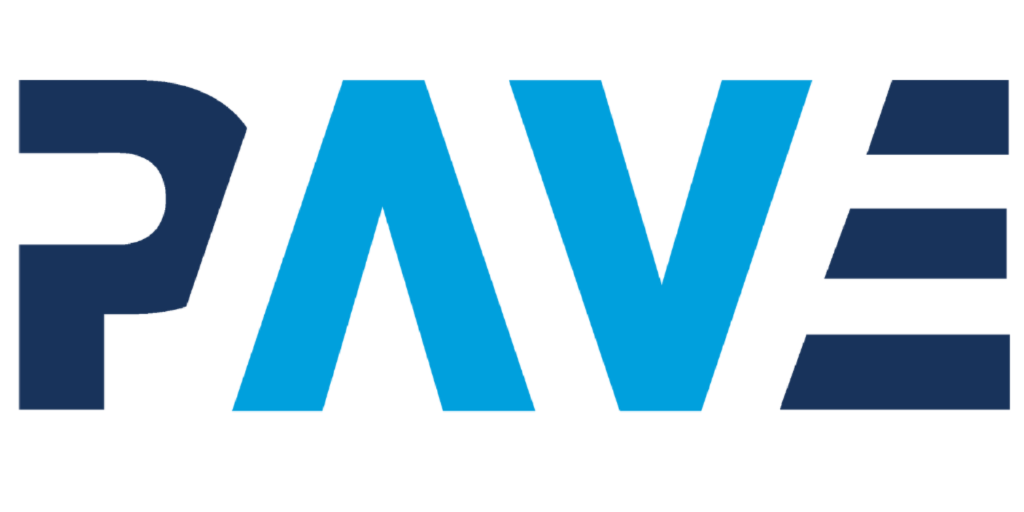As automated transportation technology advances, public transit agencies could consider how integrating autonomous vehicles and shuttles into existing transit systems affects equity. Capital and operating costs for automated mobility modes managed by public transit agencies are uncertain since few deployments have occurred to date. Automated vehicles and shuttles are agile for dynamic routing and can make use of the existing transportation infrastructure, but operating costs remain uncertain. This study aims to characterize the economic feasibility of improving transit coverage and transit equity of public transportation with shared automated mobility. Cost efficiency analysis compares direct operating costs of shared autonomous vehicles (SAVs) and autonomous shuttles to a conventional transit bus. Using Allegheny County, Pennsylvania as a case study, the analysis considers potentially adding shuttle or SAV service to expand service for the existing public transit system. The results suggest it is feasible to improve transit equity with shared AVs and shuttles at lower costs than buses on average. Revenue kilometers traveled, fleet size, and operating hours are the most important parameters that determine cost-efficiency. Transit planners and policymakers can use this analysis to inform shared autonomous mobility operation guidelines to ensure emerging technology services remain a complement to existing transit.
 PAVE US
PAVE US PAVE EUROPE
PAVE EUROPE PAVE UK
PAVE UK

